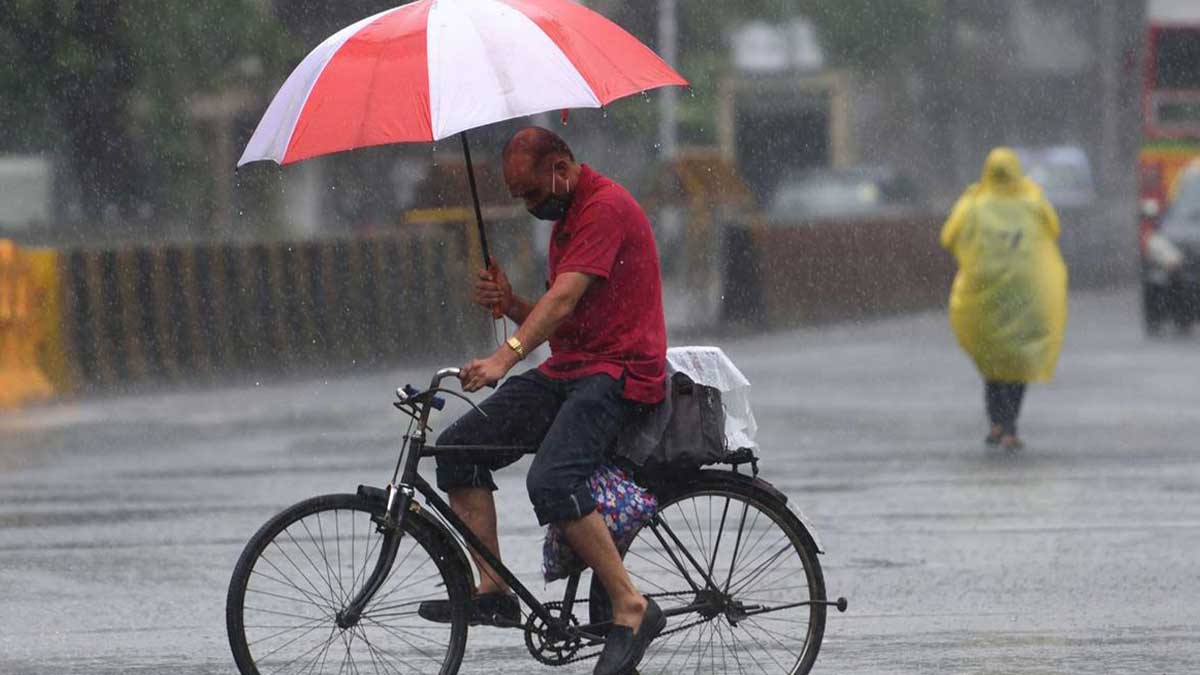The Pakistan Meteorological Department has warned of moderate to heavy rainfall in several cities in the East and Central parts of Pakistan from Friday and to Monday.
According to the Met Office, in an advisory, said Pakistan is expected to have moderate to heavy rain from Friday to Monday, added that moist currents from the Arabian Sea are likely to penetrate the eastern parts of the country Friday evening.
Under the influence of the system, wind and thunderstorms can be expected in Kashmir, Gilgit-Baltistan (Astore, Kharmang, Ghanche and Shigar), Islamabad, Rawalpindi, Murree, Attock, Chakwal, Jhelum, Gujranwala, Gujrat, Hafizabad, Mandi Bahauddin, Narowal, Sialkot, Lahore, Kasur, Mansehra, Abbottabad, Haripur, Nowshera, Peshawar, Kohat, Bannu, Dera Ismail Khan, Mardan, Buner, Dir, Shangla and Kohistanf from Friday evening to Monday.
Read more: Studies find more than 100,000 heat-related deaths annually due to climate change
Thunderstorms in Sargodha, Bhakkar, Layyah, Khushab, Mianwali, Faisalabad, Jhang, Toba Tek Singh, Multan, Sahiwal, Dera Ghazi Khan, Bahawalpur, Bahawalnagar, Barkhan, Musa Khel and Zhob can be expected from Saturday evening to Sunday.
Impact of moderate to heavy rainfall
The wet spell will enable the extremely hot weather conditions that are prevailing to subside.
The Met Office also warned that the heavy rainfall “at times may generate urban flooding in low-lying areas of Lahore, Gujranwala, Sialkot, Jhelum and Rawalpindi on Saturday and Sunday”.
Sargodha, the hottest city right now
However, Sargodha is being called the hottest city right now worldwide with 48 degree Celsius and 118 degree Fahrenheit.
According to the report, temperatures in the Middle East have topped 125 degrees after a run of record-breaking heat. Several countries challenged national records amid the sweltering heat wave, which has brought a string of temperatures about 15 degrees above normal to the already baked region.
At least, 5 countries joined the 50-degree Celsius club, parallel to 122 degrees Fahrenheit. This extreme heat comes a full month before high temperatures reach their annual average peak.





















